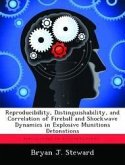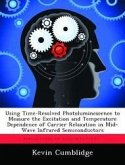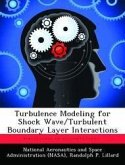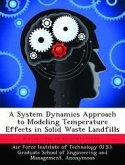This research characterizes the blast wave and temperature evolution of an explosion fireball in order to improve the classification of aluminized conventional munitions based on a single explosive type such as RDX. A drag model fit to data shows initial shock velocities of 1.6-2.8 km/s and maximum fireball radii ranging from 4.3-5.8 m with most of the radii reached by 50 ms upon detonation. The Sedov-Taylor point blast model is fitted to data where a constant release (s=1) of energy upon detonation suggests shock energies of 0.5-8.9 MJ with blast dimensionalities indicative of the spherical geometry (n~3) observed in visible imagery. An inverse correlation exists between blast wave energy and overall aluminum content in the test articles. Using a radiative cooling term and a secondary combustion term, a physics-based empirical model is able to reduce 82 data points to five fit parameters to describe post-detonation combustion fireballs. The fit-derived heat of combustion has a 96% correlation with the calculated heat of combustion but has a slope of 0.49 suggesting that only half of the theoretical heat of combustion is realized. Initial temperature is not a good discriminator of detonation events but heat of combustion holds promise as a potential variable for event classification.
Hinweis: Dieser Artikel kann nur an eine deutsche Lieferadresse ausgeliefert werden.
Hinweis: Dieser Artikel kann nur an eine deutsche Lieferadresse ausgeliefert werden.








